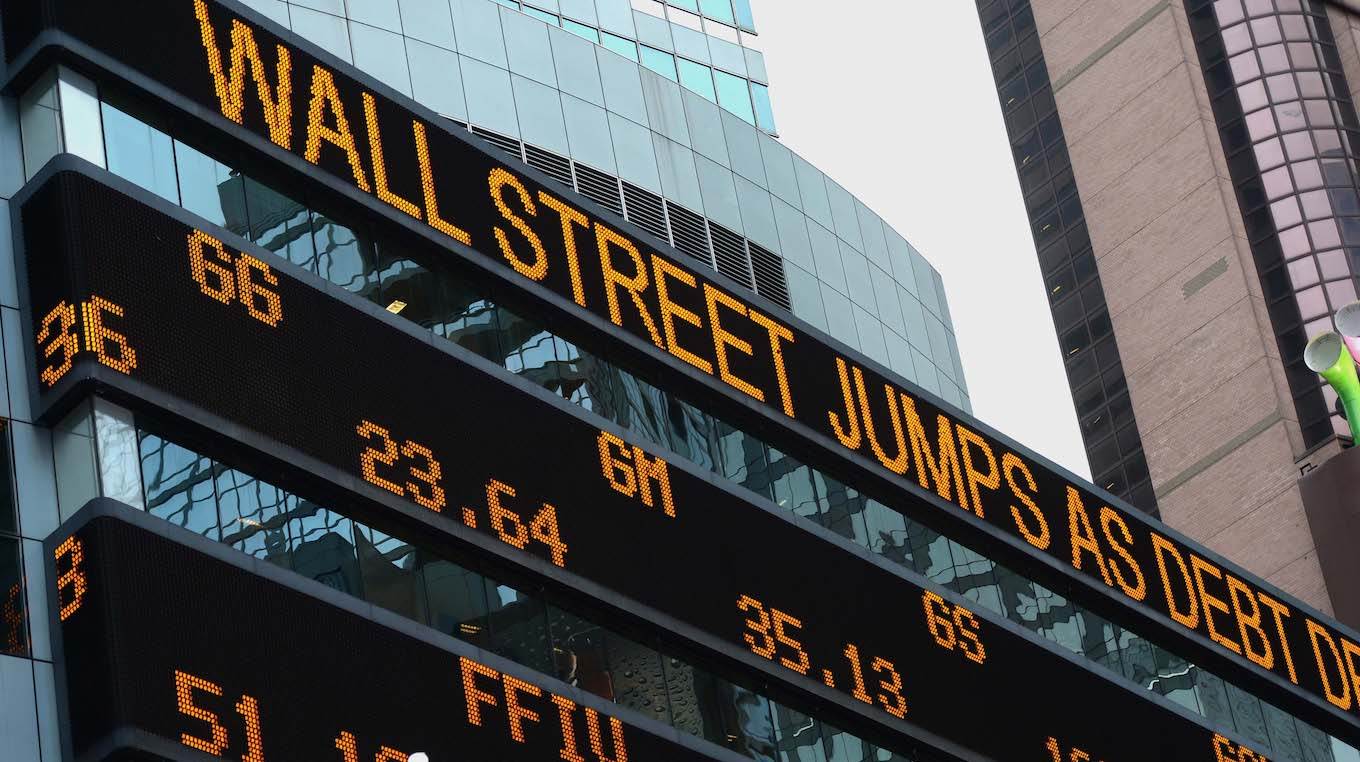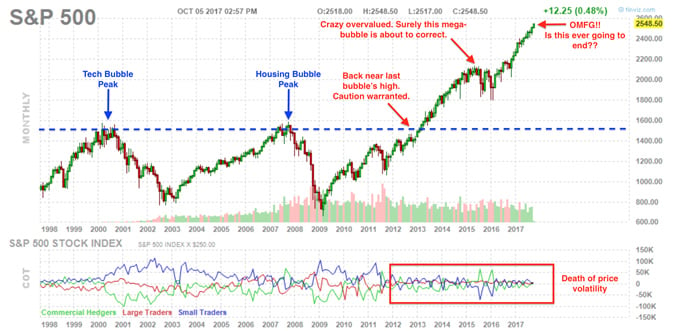Fundamentals ok, Technicals corrected, so why we should still be nervous on what comes next for markets…
“If the apocalypse comes, tweet me..”
That was an interesting week that was…. but what a hangover we face! What happened to the global bull stock market? Just as the party was looking likely to carry on forever, the music stopped… Reading through market the scribblers this morning, the consensus seems to be it was just a correction, and we should be buying the dips. I’m always a big supporter of buying dips…. I’m not so keen on buying into a more secular decline.
Thing is, it feels there is nothing particular we can put the finger on as responsible for last week’s stock market ructions. Bond yields rose a bit, inflation has gathered a bit of momentum, and economic fundamentals remain generally positive and are expected to improve in line with rising growth estimates. There is little threat of an oil-shock. Folk have pointed out that with so much money likely to be invested in share-buybacks and special dividends by US companies repatriating cash, the stock fundamentals look positive.
Central banks remain hawkish re normalisation and higher interest rates – but modestly so. A world with moderate on-trend inflation, still low interest rates, and solid growth prospects should be positive. A screaming buy signal.
Others say last week’s pain was technically driven – on the back of a massive sudden and shocking unwind of “short-vol” trades. Others say if was due to AI driven algorithmic traders, while the FT carries a story about insurance companies dumping massive amounts of stocks, triggered by rising volatility, linked to “managed volatility” variable annuities.
…click on the above link to read the rest of the article…




















NEW HAVEN – The spin is all too predictable. With the US stock market clawing its way back from the sharp correction of early February, the mindless mantra of the great bull market has returned. The recent correction is now being characterized as a fleeting aberration – a volatility shock – in what is still deemed to be a very accommodating investment climate. After all, the argument goes, economic fundamentals – not just in the United States, but worldwide – haven’t been this good in a long, long time.
But are the fundamentals really that sound? For a US economy that has a razor-thin cushion of saving, nothing could be further from the truth. America’s net national saving rate – the sum of saving by businesses, households, and the government sector – stood at just 2.1% of national income in the third quarter of 2017. That is only one-third the 6.3% average that prevailed in the final three decades of the twentieth century.
It is important to think about saving in “net” terms, which excludes the depreciation of obsolete or worn-out capacity in order to assess how much the economy is putting aside to fund the expansion of productive capacity. Net saving represents today’s investment in the future, and the bottom line for America is that it is saving next to nothing.
…click on the above link to read the rest of the article…